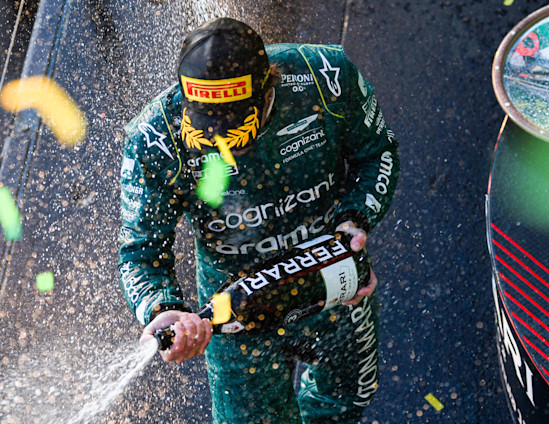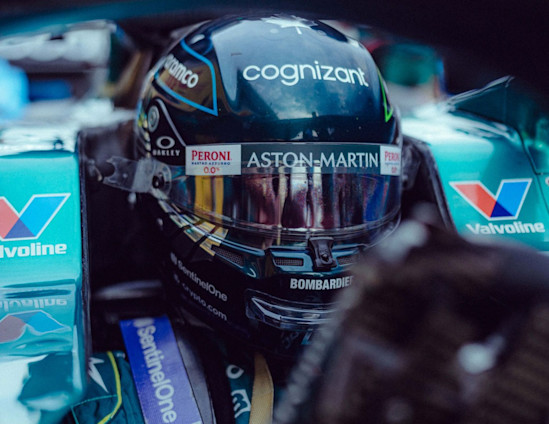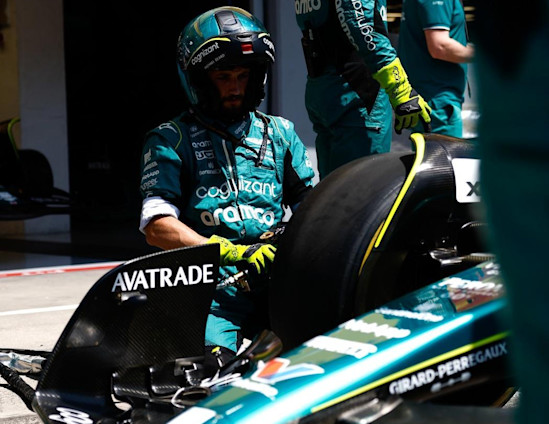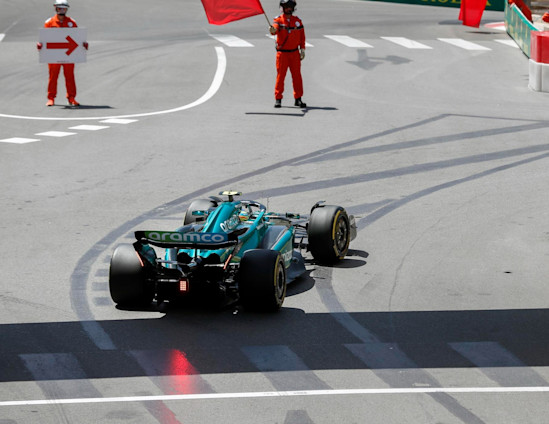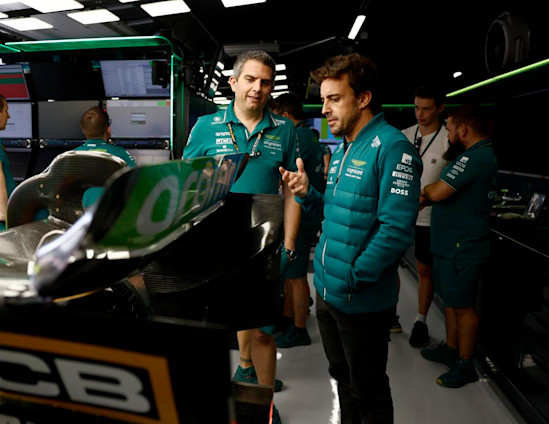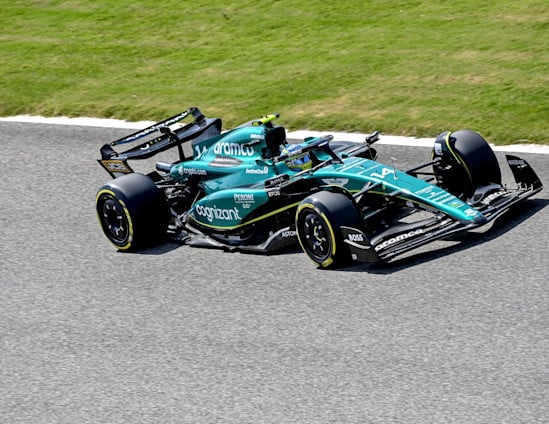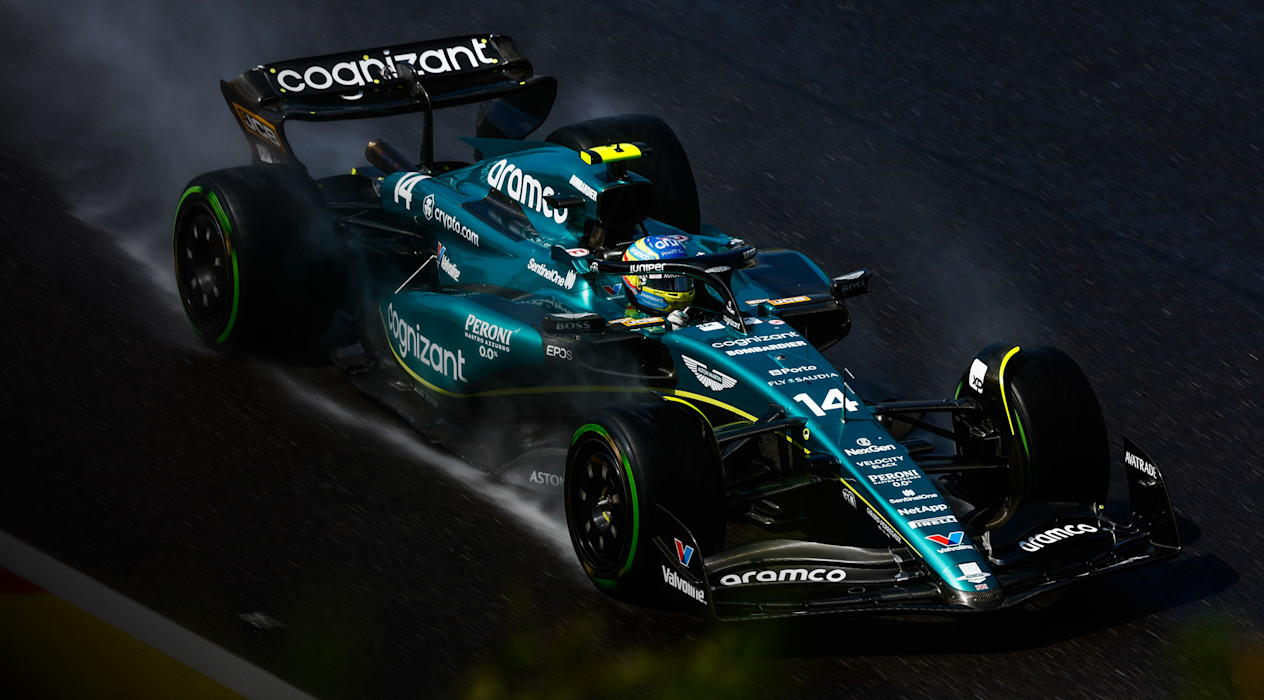
Whether you're new to the sport or just want to learn more, we've teamed up with our Official Trading Partner AvaTrade to guide you through the intricacies of the F1 rulebook. In the latest instalment of our essential guide, we take a closer look at F1 fuel…
As pistons compress air and fuel, temperatures inside a Formula One engine reach 2,600 degrees Celsius – half the temperature of the sun's surface. Together with our Official Trading Partner AvaTrade, we help you make sense of the rules and regulations around one of those crucial ingredients of ignition: fuel.
Refuelling
In-race refuelling was once a common sight in Formula One, with pitstops taking between six to 12 seconds depending on how much fuel was needed. Now, it's a thing of the past, with in-race refuelling banned in 2010.
Instead, cars are fuelled to see out the race distance. Refuelling is permitted during Free Practice and Qualifying but rather than taking place in the pitlane, it is only permitted in competitors' garages with the engine stopped – as per Article 36 of the FIA Sporting Regulations. Furthermore, there are strict safety rules to prevent accidents.
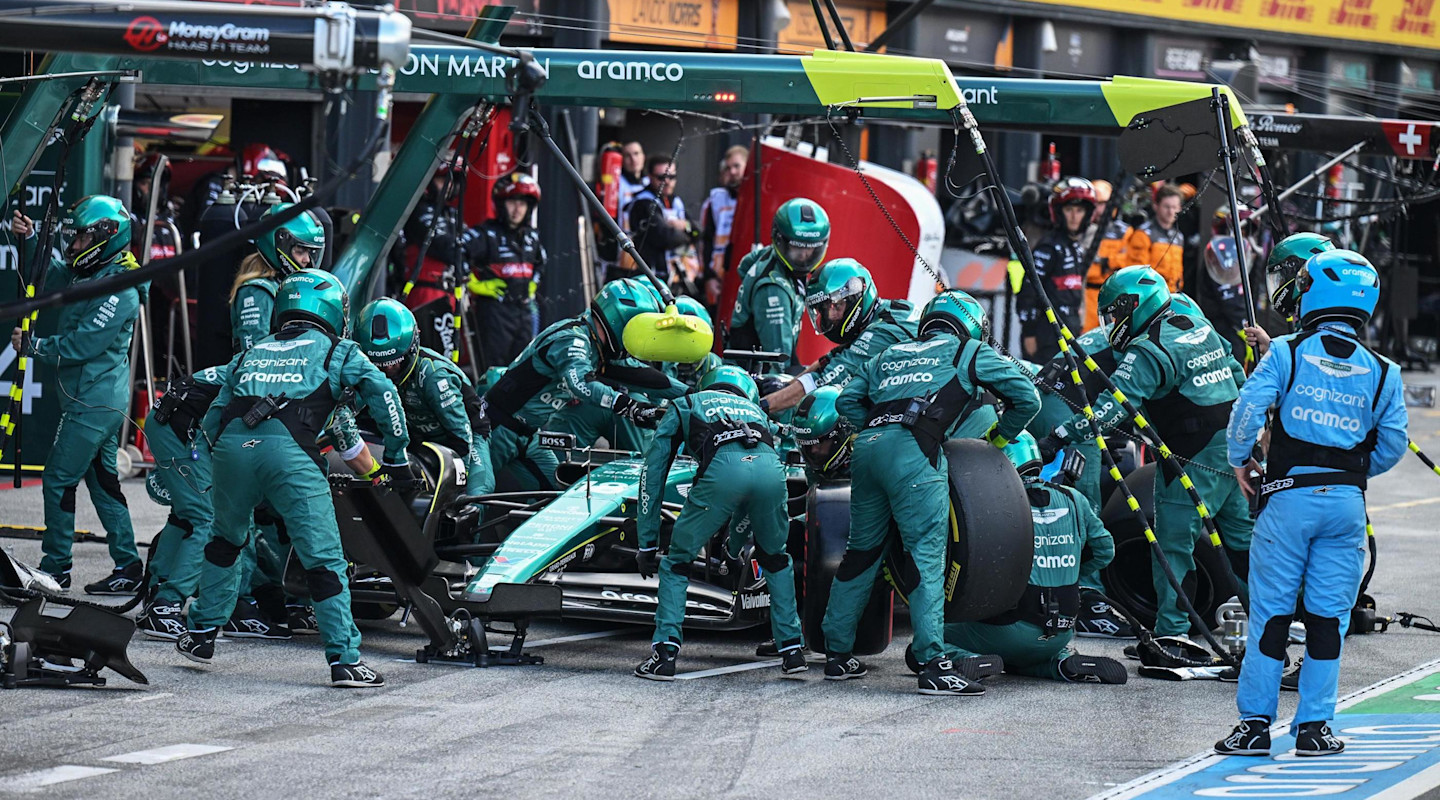
The perfect measure
The FIA Technical Regulations also ensure that fuel pressure is strictly controlled; cars are fitted with sensors that measure the pressure and temperature of fuel to ensure teams cannot exceed a fuel mass flow of 100 kilogrammes per hour – and to ensure there are no forbidden additives to teams' fuel, competitors must allow for a one-litre sample of fuel to be taken from the car.
Going the distance
F1 cars can carry up to 110kg of fuel but teams often under-fuel their cars to achieve faster lap times and improve tyre life at the expense of having to lift-and-coast at some points of the race, or in the hope that there will be a Safety Car or a Virtual Safety Car period in which they can reduce fuel consumption owing to the slower speeds.
Juan Manuel Fangio made history at the 1957 German Grand Prix and is regarded as the first driver to elect to begin the race with a lower fuel load. Pitting for fuel was permitted during the race back then, but so slow was the pace of Fangio's stop that it almost cost him victory.

In the tank
Since 1970, Formula One regulations have mandated the use of fuel bladders rather than rigid tanks. According to the latest Technical Regulations, the fuel tank must be a 'single rubber bladder' that conforms to strict FIA safety rules – and there is a specific range of coordinates within the car where the fuel bladder may be located.
This is for safety reasons: in the event of a crash, the fuel bladder mustn't leak. Furthermore, to protect the driver, no lines containing fuel may pass through the cockpit.
The Technical Regulations state that the 'only fuel permitted is petrol' – with very strict rules on its composition, including tight restrictions on elements such as oxygen, nitrogen and manganese plus properties such as electrical conductivity and boiling point.
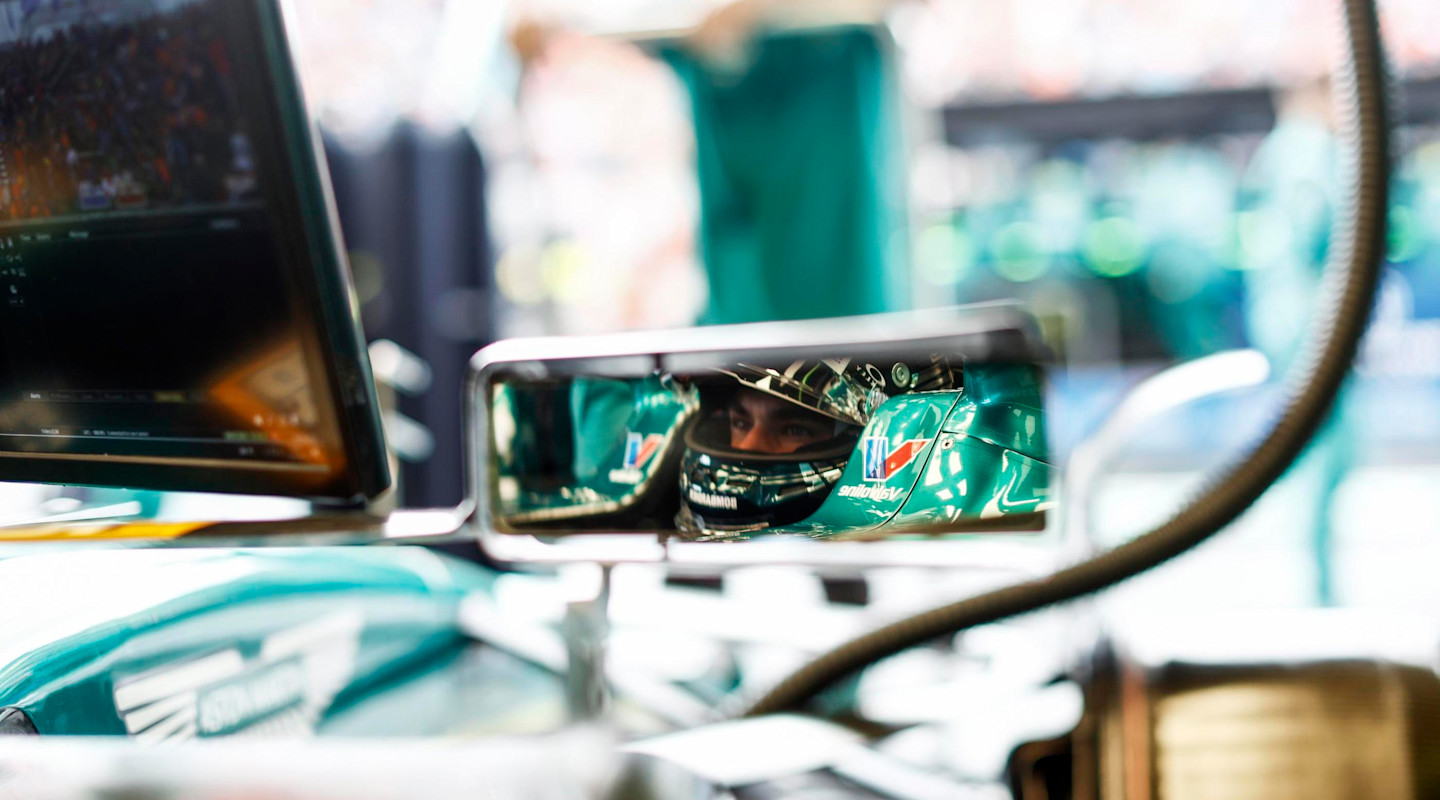
Temperature is a key part of the Technical Regulations surrounding fuel as the colder the fuel, the denser it is. Colder fuel therefore stores more chemical energy.
To ensure safety and parity, the Technical Regulations state that the fuel in a car must not be colder than 10 degrees Celsius below ambient temperature or 10 degrees Celsius – whichever is lower – at any time when the car is running outside the garage. It's also forbidden to decrease the temperature of the fuel using a device in or on a car.
Fuel for thought
When highly efficient turbocharged hybrid power units were introduced in 2014, Formula One began to balance high performance with sustainability to a greater degree than before. Power output from internal combustion engines is bolstered by electrical power, and modern Formula One power units boast thermal efficiency of more than 50 per cent whereas that number stood at 32 per cent before 2014.
Fuel itself has also become more sustainable: teams now use E10 fuel – comprising 10 per cent renewable ethanol. But there's more to come as part of a collective effort to make Formula One net zero carbon by 2030. AMF1 Team Strategic Partner Aramco is developing a 100 per cent sustainable fuel, which doesn't add any carbon dioxide into the atmosphere, to be used in Formula One from 2026.
Learn more with AvaTrade
In the same way that a racing driver can constantly learn and improve using data, AvaTrade encourages traders to hone and refine their own skills – courses are created by experts, free to access, tightly focused and comprehensive.
You can discover more about our partnership with AvaTrade and access a suite of free educational resources designed to help you enhance your trading skills.

AVATRADE EXPLAINS THE F1 RULEBOOK
Amplify your fan experience
From exclusive collabs to once-in-a-lifetime prizes, I / AM DROPS is a new series of unique and ultra-limited moments and fan experiences.
Sign up for I / AM or sign in to unlock.


